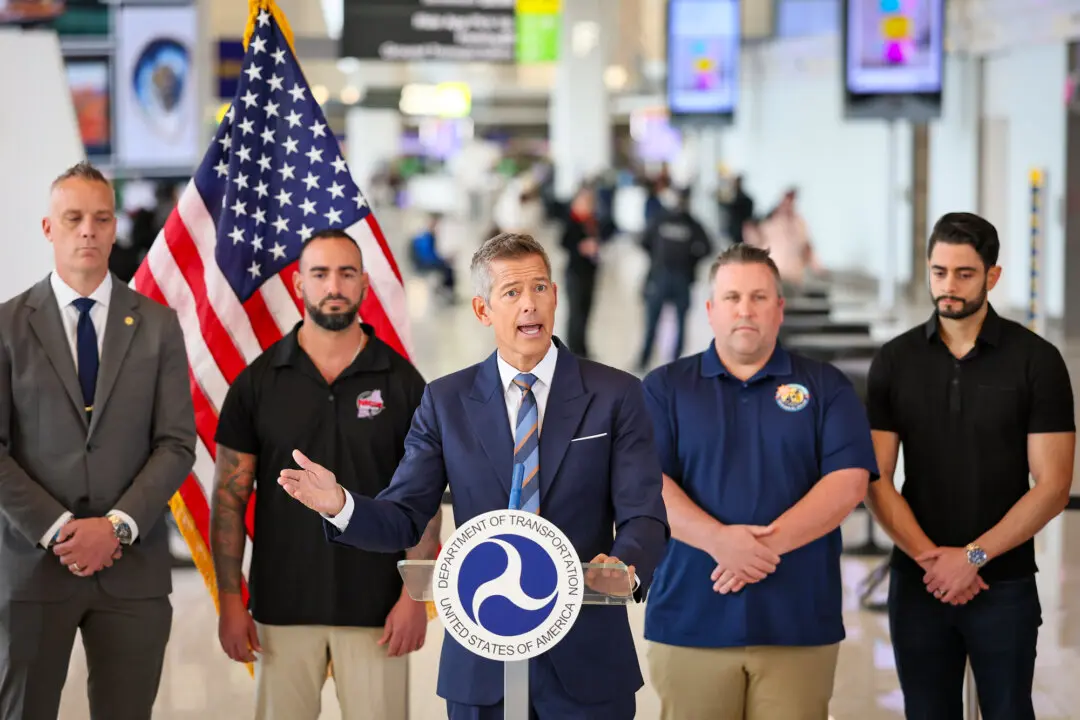The U.S. Federal Aviation Administration (FAA) is investigating a “close call” between a JetBlue and Learjet flight that occurred at the Boston Logan International Airport, Massachusetts, on Feb. 27.
The incident occurred before 7 p.m. Eastern time. According to the FAA’s preliminary review, an air traffic controller had asked the pilot of the Learjet 60 to line up and wait on Runway 9 while JetBlue Flight 206 landed on Runway 4-Right that intersects Runway 9. However, the pilot of the Learjet flight took off despite not getting the clearance.





